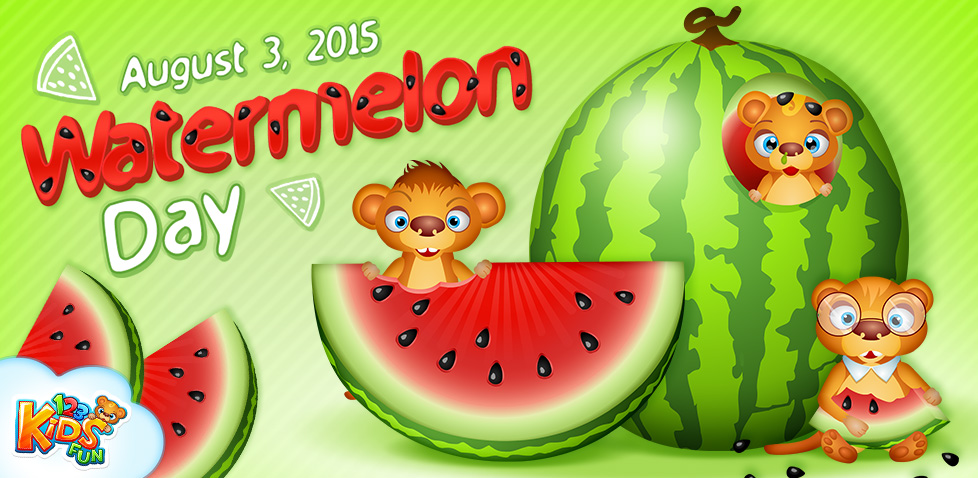
6 Watermelon Facts That Might Surprise You
1. Watermelon Has More Lycopene Than Raw Tomatoes
Lycopene is a powerful carotenoid antioxidant that gives fruits and vegetables a pink or red color. It’s most often associated with tomatoes, but watermelon is actually a more concentrated source.
Compared to a large fresh tomato, one cup of watermelon has 1.5 times the lycopene (6 milligrams (mg) in watermelon compared to 4 mg in a tomato). More on why lycopene is so important shortly…
2. Watermelon Juice May Relieve Muscle Soreness
If you have a juicer, try juicing about one-third of a fresh watermelon and drinking its juice prior to your next workout. This contains a little over one gram of l-citrulline, an amino acid that seems to protect against muscle pain.
One study found that men who drank natural unpasteurized watermelon juice prior to their workouts had reduced muscle soreness 24 hours later compared to those who drank a placebo.
You do need to be careful with drinking watermelon juice, though, as it contains a significant amount of fructose. It may be better to eat the entire fruit, or opt for these other tips to prevent muscle soreness.
3. Watermelon Is a Fruit and a Vegetable
Remember how watermelon is related to cucumbers, pumpkin, and squash? That’s because it’s part vegetable and part fruit (it’s a sweet, seed-producing plant, after all). The other clue that watermelon is both fruit and vegetable? The rind is entirely edible…
4. You Can Eat Watermelon Rind and Seeds
Most people throw away the watermelon rind, but try putting it in a blender with some lime for a healthy, refreshing treat.Not only does the rind contain plenty of health-promoting and blood-building chlorophyll, but the rind actually contains more of the amino acid citrulline than the pink flesh.
Citrulline is converted to arginine in your kidneys, and not only is this amino acid important for heart health and maintaining your immune system, but it has been researched to have potential therapeutic value in over 100 health conditions.
While many people prefer seedless watermelon varieties, black watermelon seeds are edible and actually quite healthy. They contain iron, zinc, protein, and fiber. (In case you were wondering, seedless watermelons aren’t genetically modified, as they’re the result of hybridization.)
5. It’s Mostly Water
This might not be surprising, but it’s still a fun fact; watermelon is more than 91 percent water. This means that eating watermelon with you on a hot summer day is a tasty way to help you stay hydrated and avoid dehydration (it’s not a substitute for drinking plenty of fresh water, however).
6. Some Watermelon Are Yellow
The Yellow Crimson watermelon has yellow flesh with a sweeter, honey flavor than the more popular pink-fleshed Crimson Sweet. It’s likely that yellow watermelon offers its own unique set of nutritional benefits, but most research to date has focused on the pink-fleshed varieties.








